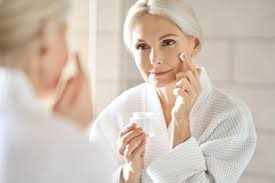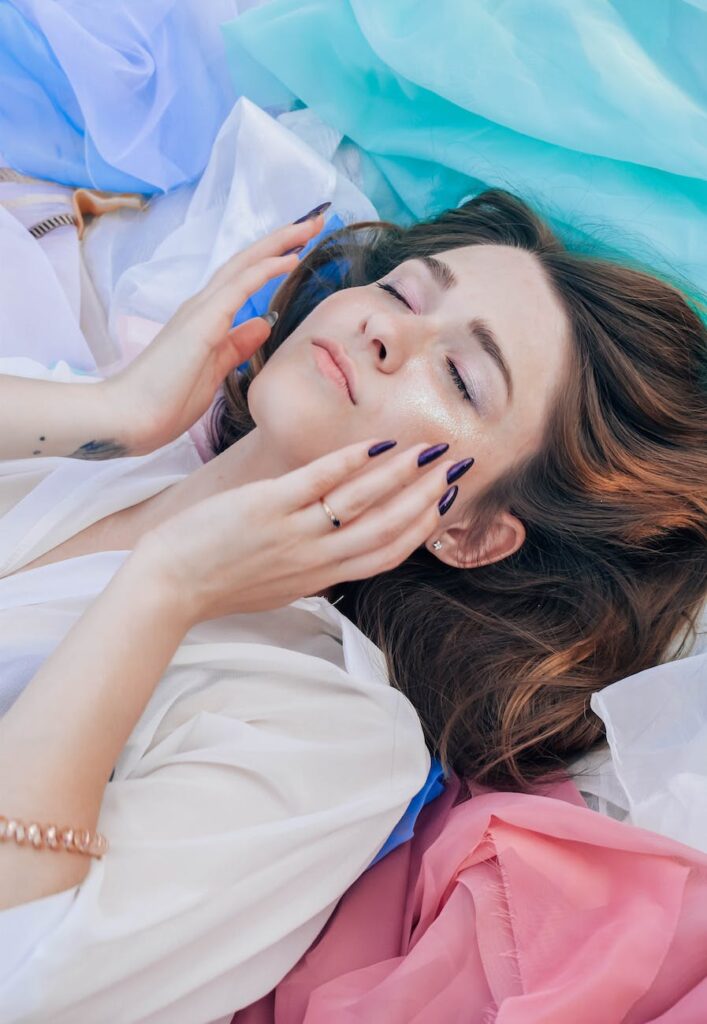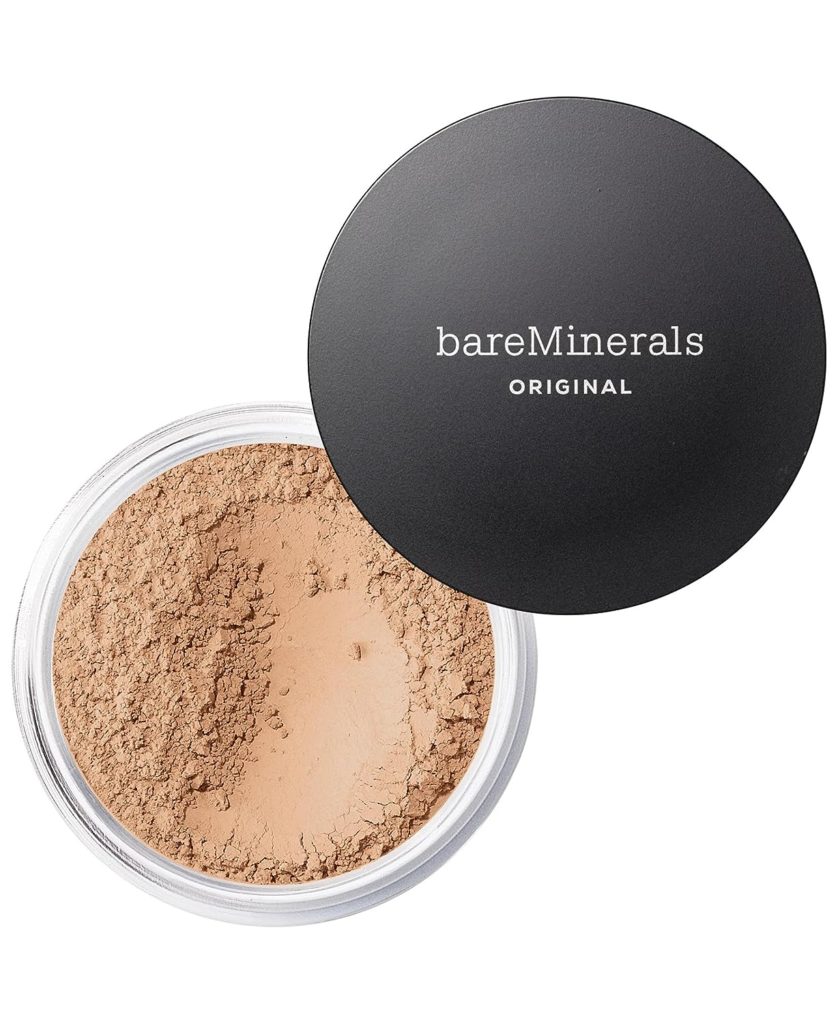Aging is a natural process—a beautiful journey marked by wisdom and experiences. However, the desire to maintain youthful skin and vitality has fueled an entire industry dedicated to anti-aging products. Beneath the allure of these products lies a rich tapestry of scientific understanding, promising to defy the conventional limits of aging.
Understanding the Biology of Aging
Aging is a multifaceted process influenced by genetics, lifestyle, and environmental factors. At its core, aging involves the progressive decline in cellular function and the body’s ability to repair and regenerate tissues. Key factors contributing to aging include:
1. Oxidative Stress: Free radicals generated by metabolic processes cause cellular damage, leading to wrinkles, fine lines, and reduced elasticity.
2. Decline in Collagen and Elastin: The structural proteins responsible for skin firmness and elasticity decline with age, leading to sagging skin and wrinkles.
3. Hormonal Changes: Fluctuating hormone levels affect skin hydration, leading to dryness and reduced skin resilience.
The Role of Anti-Aging Products
Anti-aging products aim to counteract the visible signs of aging by targeting these underlying mechanisms. Understanding the science behind these products is essential in discerning their efficacy:
1. Retinoids: Derived from Vitamin A, retinoids stimulate collagen production, improve skin texture, and reduce the appearance of wrinkles by accelerating cell turnover.
2. Antioxidants: Compounds like Vitamin C and E neutralize free radicals, preventing oxidative stress and protecting the skin from environmental damage.
3. Hyaluronic Acid: Known for its ability to retain moisture, hyaluronic acid hydrates the skin, improving its plumpness and reducing the appearance of fine lines.
4. Peptides: These amino acid compounds signal skin cells to produce more collagen, aiding in firmness and reducing wrinkles.
The Science Behind Efficacy
While these ingredients showcase promise, their efficacy varies based on several factors:
1. Formulation and Concentration: The efficacy of anti-aging products depends on the formulation’s stability, concentration of active ingredients, and delivery mechanisms.
2. Individual Variations: Skin type, genetics, lifestyle factors, and environmental influences contribute to how well these products work for an individual.
3. Consistency and Time: Results from anti-aging products often require consistent usage over time to observe visible improvements, as they work gradually to repair and renew skin cells.
Beyond Products: Holistic Approach to Aging
While anti-aging products play a role in skincare, adopting a holistic approach is crucial:
1. Sun Protection: UV radiation accelerates skin aging. Daily use of sunscreen is fundamental in preventing photoaging and maintaining youthful skin.
2. Healthy Lifestyle: Adequate hydration, balanced nutrition, regular exercise, and stress management contribute significantly to overall skin health and vitality.
3. Professional Guidance: Consulting dermatologists or skincare experts helps tailor routines and select products suitable for individual skin needs.
In the quest to defy aging, understanding the science behind anti-aging products unveils both possibilities and limitations. While these products offer avenues to enhance skin health and appearance, a comprehensive approach encompassing lifestyle choices, skincare habits, and scientific understanding remains the cornerstone of graceful aging.
As we delve deeper into the realm of anti-aging science, it’s crucial to embrace the beauty of aging gracefully, acknowledging that each wrinkle tells a story and each line signifies a life well-lived. Balancing scientific advancements with self-acceptance paints a holistic picture of aging—one that celebrates the journey and cherishes the wisdom it brings.














